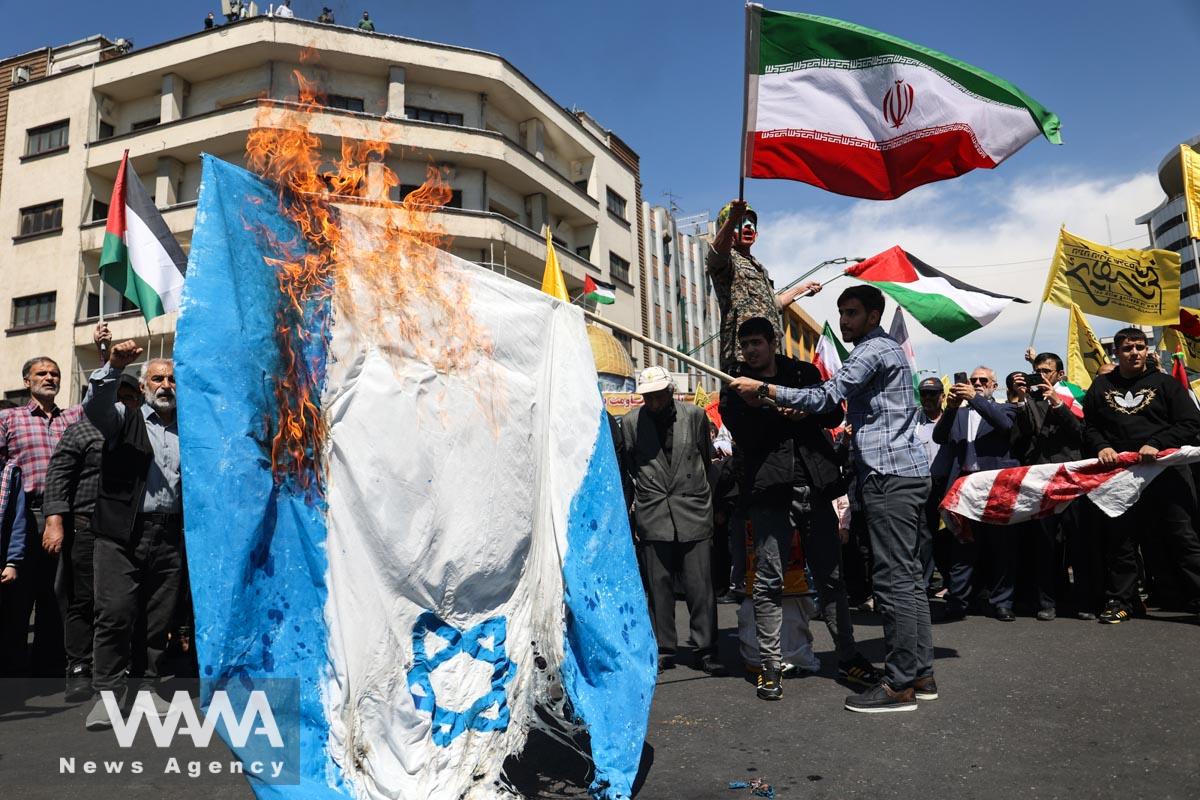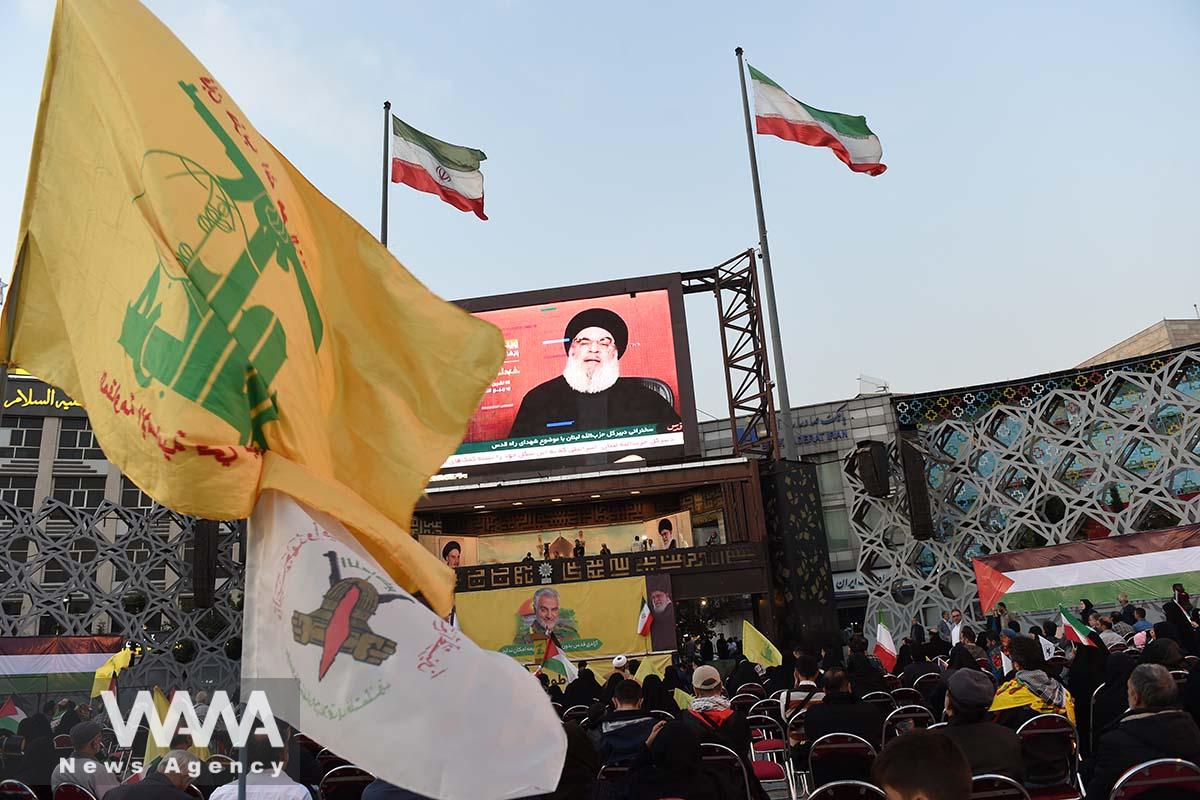Under What Circumstances Did Hezbollah Attack Israel?
WANA (Aug 26) – On August 1, 2024, senior Hezbollah commander Fawad Shukur was murdered in Beirut’s southern suburb (Dahieh) by an Israeli missile fired from an aircraft. The next day, Ismail Haniyeh, the head of Hamas’ political bureau, was also killed in Tehran. Both Hezbollah and the Islamic Republic of Iran vowed to avenge these killings.
Since then, Israel has been gripped by anxiety and tension, leading to the suspension of flights by foreign airlines and a partial shutdown of the country. For 26 days, Israelis were left in a state of suspense until this morning when Hezbollah launched an operation against the regime. Yesterday, Israel claimed to have carried out a preemptive strike on southern Lebanon, which Prime Minister Netanyahu claimed destroyed hundreds of Hezbollah rockets ready for launch, thus averting the threat.
However, only hours later, on Sunday morning and coinciding with Arbaeen, Hezbollah fighters announced that they had targeted deep inside Israel with 322 rockets, striking 11 bases to ensure the safe passage of their drones. Hezbollah successfully completed the first phase of their operation by destroying key centers in Tel Aviv, which media reports linked to Mossad, Shin Bet, and Israeli military intelligence. They warned that if Israel attacks civilians, a harsher response will follow.

Nasrallah: Key Israeli Military and Intelligence Bases Targeted in Arbaeen Operation
WANA (Aug 25) – The Secretary-General of Hezbollah, Sayyed Hassan Nasrallah, described the “Arbaeen Day” operation as a response to the assassination of Commander Fouad Shukur, stating that the operation targeted key military and intelligence bases of the Zionist regime. Nasrallah stated, “As everyone knows, a few weeks ago, the occupying regime crossed all […]
A crucial point is that after 26 days of paralyzing anticipation, Israel has now come to a complete standstill. News sources indicate that this was only the first phase of Hezbollah’s attack, and it appears that Israelis will remain in suspense. Notably, there has been no definitive Iranian strike yet, leaving everyone uncertain about when the decisive retaliation will occur.
Israelis are left in a state of constant anxiety, trying to cope with the terrifying news and psychological pressure, as large parts of northern occupied Palestine have been abandoned due to Hezbollah’s attacks, with no one willing to live there anymore. Following today’s drone attack on Tel Aviv, they now realize that not only the border areas with Lebanon but even the depths of occupied Palestine are easily accessible to Hezbollah.
Recently, an Israeli soldier remarked that hopes for life returning to normal in the north are fading. It seems they recognize that the resistance is gradually achieving its goals through a strategy of attrition. This state of uncertainty is likely to continue, not only wearing down Israel but also mocking the massive and costly deployment of Western warships and equipment on high alert in the region.
The question remains: How long will they remain on standby here? What if they leave one day, only for Iran to launch an attack the next? What if another conflict arises elsewhere, like in Taiwan? Will they still stay? If they leave and Iran attacks, what then? If they don’t leave, the billions in costs will continue to mount. It appears that Iran and the resistance front are playing a strategic game with the Israelis, the West, and even the Arabs.

The West and Israel’s Motive Behind Exaggerating the Threat of an Iranian Attack
WANA (Aug 19) – The news of an imminent Iranian attack is being consistently broadcasted by Israeli and Western media outlets, to the point where the intentions behind such exaggerations become questionable. While it’s not that Iran and the Axis of Resistance aren’t seriously considering retaliation against Israel, the fact that the potential attack is […]












